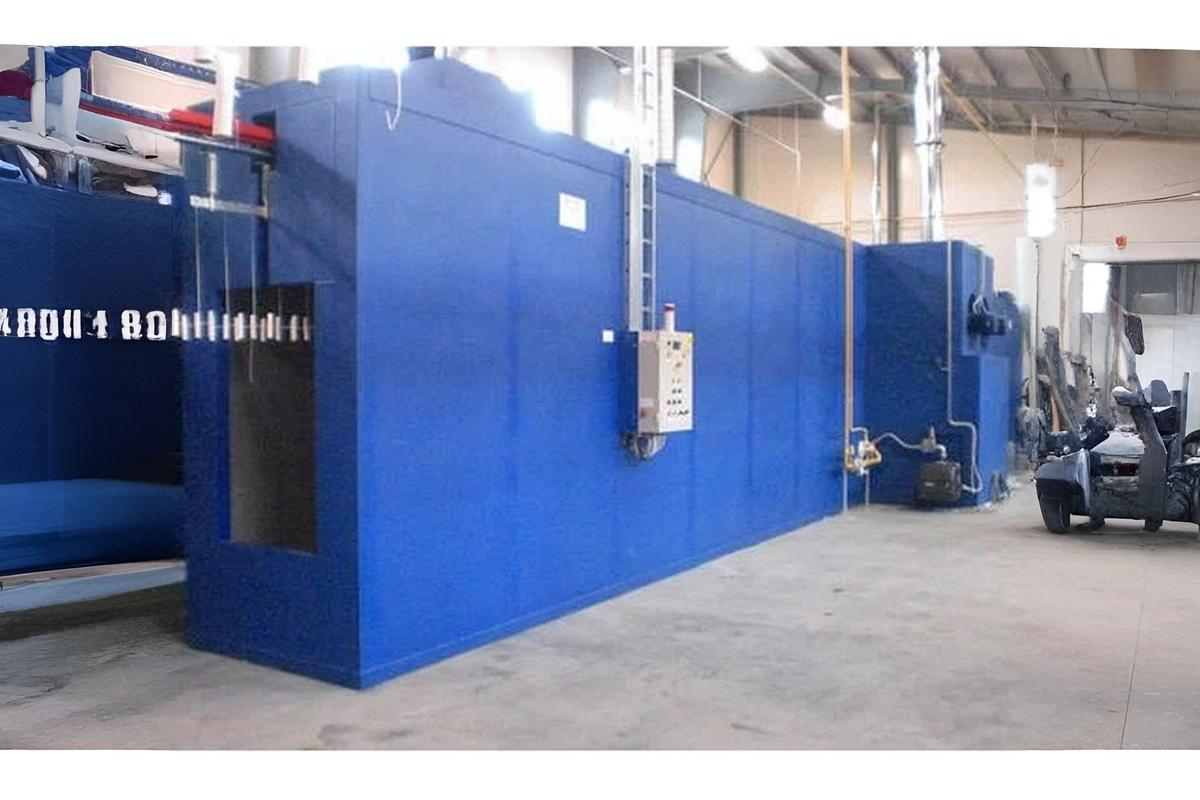Professional Tips for Even Coating with Your Powder Coating Machine

The secret to a flawless powder-coated finish isn’t always in the paint—it’s in the process. A powder coating machine can deliver professional-grade results, but only if you know how to handle the finer details. Here are proven techniques to help you coat like a pro and avoid the subtle mistakes that lead to uneven surfaces, wasted powder, or poor durability.
Effective Faraday Cage Techniques for Complex Component Coverage
Coating into corners, tight recesses, or around protrusions can be frustrating if you’re fighting against the Faraday cage effect. This phenomenon occurs when the electrostatic field created by your powder coating machine pushes powder away from tight spaces, causing thin or missed coverage in those areas. One key approach to work around it is by reducing your gun’s voltage when spraying into those hard-to-reach spots, which allows the powder to flow more naturally into the recesses without repulsion.
Another technique that helps is manipulating the spray angle and maintaining the right distance from the part. Spraying directly into corners with a gentle, sweeping motion at a lower powder flow rate improves coverage dramatically. Additionally, pulsing the trigger in short bursts can help powder settle into difficult geometries. Learning how to “read” the part and adjusting your method in real time makes a noticeable difference.
Maintaining Ideal Booth Humidity to Prevent Powder Clumping
Humidity might seem like a small concern, but in powder coating, it’s a big deal. Moist air inside the booth can cause powder particles to clump together, clog the spray gun, or lead to uneven coverage. The ideal humidity range for powder application is between 40% and 50%. Staying within this zone helps powder flow smoothly through the system and ensures a clean, even application.
If your shop struggles with fluctuating humidity, installing a dehumidifier or climate control system near your powder coating machine can stabilize conditions. Even something as simple as drying compressed air before it reaches the powder hopper will minimize moisture buildup. These steps protect the quality of both your coating and your equipment, extending their lifespan and consistency.
Strategic Voltage Adjustment on Electrostatic Guns for Difficult Shapes
Adjusting voltage levels isn’t just a troubleshooting tactic—it’s a performance tool. Higher voltage settings work well for flat, open surfaces where you want powder to wrap the part with high attraction. But when working with deep cavities, fine mesh parts, or intricate patterns, lowering the voltage prevents powder bounce and helps it adhere better within confined areas.
It’s smart to test settings on a scrap piece that mirrors your part’s shape. Many powder coating machines allow for precise voltage control, and you’ll often find that dialing in the sweet spot between 60-80 kV is ideal for tricky jobs. Monitoring this adjustment closely reduces rework and gives better first-pass transfer results.
Optimal Transfer Efficiency Practices for Consistent Powder Usage
Transfer efficiency refers to the percentage of powder that sticks to your part compared to what’s sprayed. High efficiency not only lowers waste but also improves uniformity. One of the simplest ways to boost this metric is by adjusting the distance between the powder gun and the part—generally, 6 to 8 inches works best.
Another factor is the airflow setting on your powder coating machine. Too much air can blow powder past the part, while too little causes poor coverage. By finding the balance and keeping your gun consistently perpendicular to the part, you reduce overspray and maximize transfer. Clean, grounded racks also improve attraction, making sure the charged powder sticks efficiently.
Stable Gun Traverse Speeds for Smooth Finish Uniformity
Inconsistent movement leads to inconsistent finishes. Whether you’re spraying manually or using an automatic reciprocator, maintaining a steady traverse speed ensures each area receives an equal coating. If the gun slows down mid-pass, powder can pile up and cause orange peel texture. Speeding up too quickly results in thin spots.
A simple technique is to match your speed with your powder output rate. This calibration prevents over- or under-coating, and it creates a finish that looks smooth and professional. For operators using manual systems, practicing a smooth wrist motion and stepping evenly along the booth can produce the same results as an automated line.
Batch Loading Protocols for Balanced Thermal Curing
Curing consistency starts with how parts are loaded into the oven. If your batch is unevenly spaced or parts vary greatly in thickness, the cure process can produce different finishes—even with the same temperature settings. Heat distribution matters, so load parts with ample airflow space between them and avoid blocking heat flow by crowding heavy parts up front.
Thermal mass plays a role too. Lighter parts heat up faster, so they can overbake if grouped with dense components. Using hanging fixtures or racks designed for airflow helps maintain even temperature exposure. Adjusting your loading strategy minimizes finish variation and ensures a stronger bond between powder and part.
Surface Conductivity Checks to Improve Powder Attraction Dynamics
Conductivity affects how well powder sticks during application. Parts that are coated, oily, or oxidized can resist the electrostatic charge, causing the powder to fall off or fail to build up. To prevent this, always clean parts thoroughly and test their surface conductivity before spraying.
Simple tools like a megohmmeter can measure surface resistance. Your powder coating machine will perform better if the part is properly grounded and offers low resistance. For materials like aluminum, which naturally develop oxide layers, a light blast or chemical prep ensures better conductivity and more reliable finishes. It’s one of those steps that doesn’t take long—but has a huge impact.






